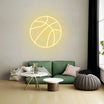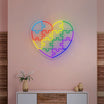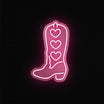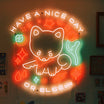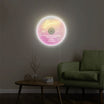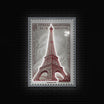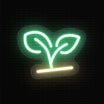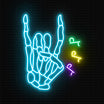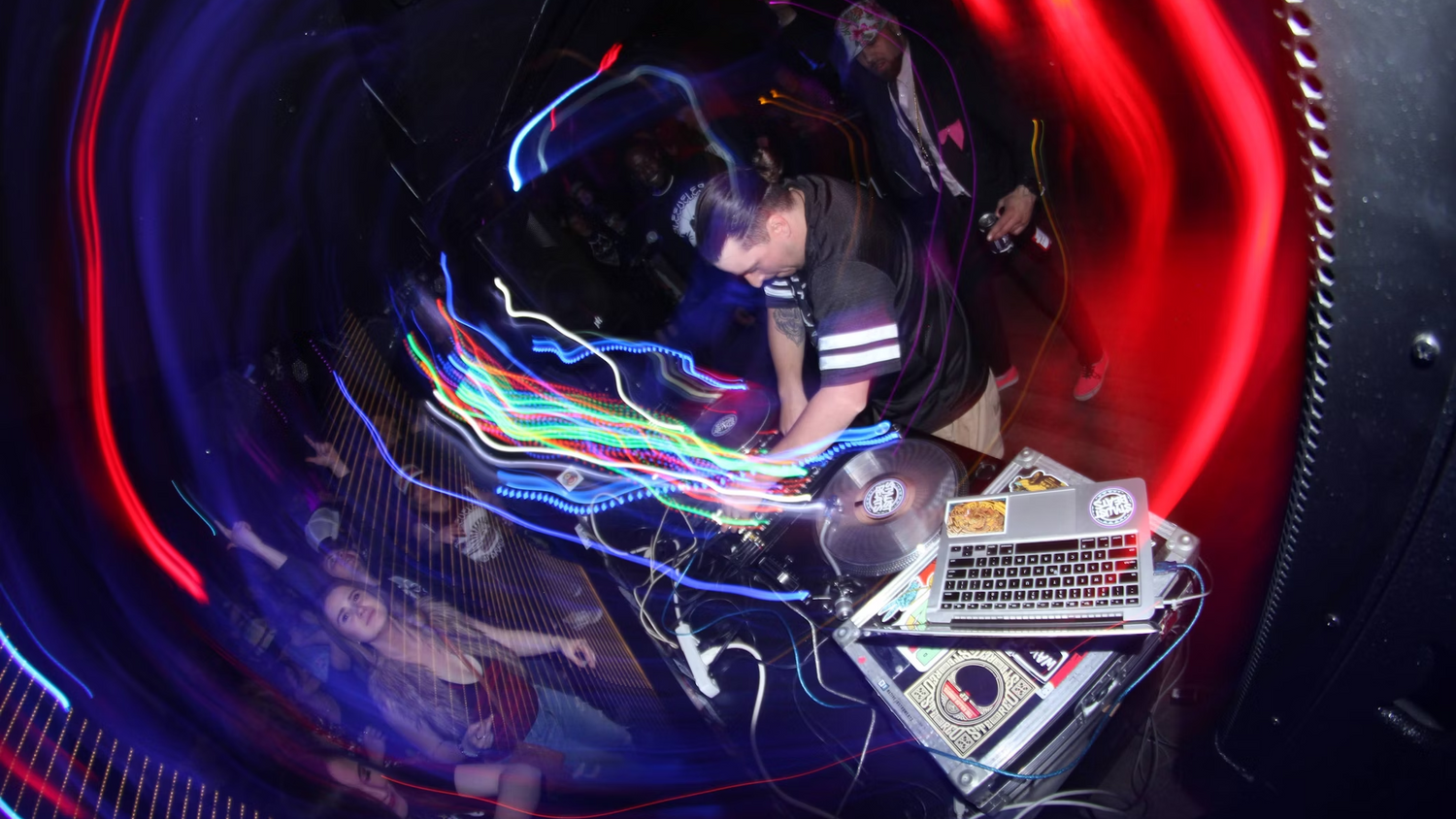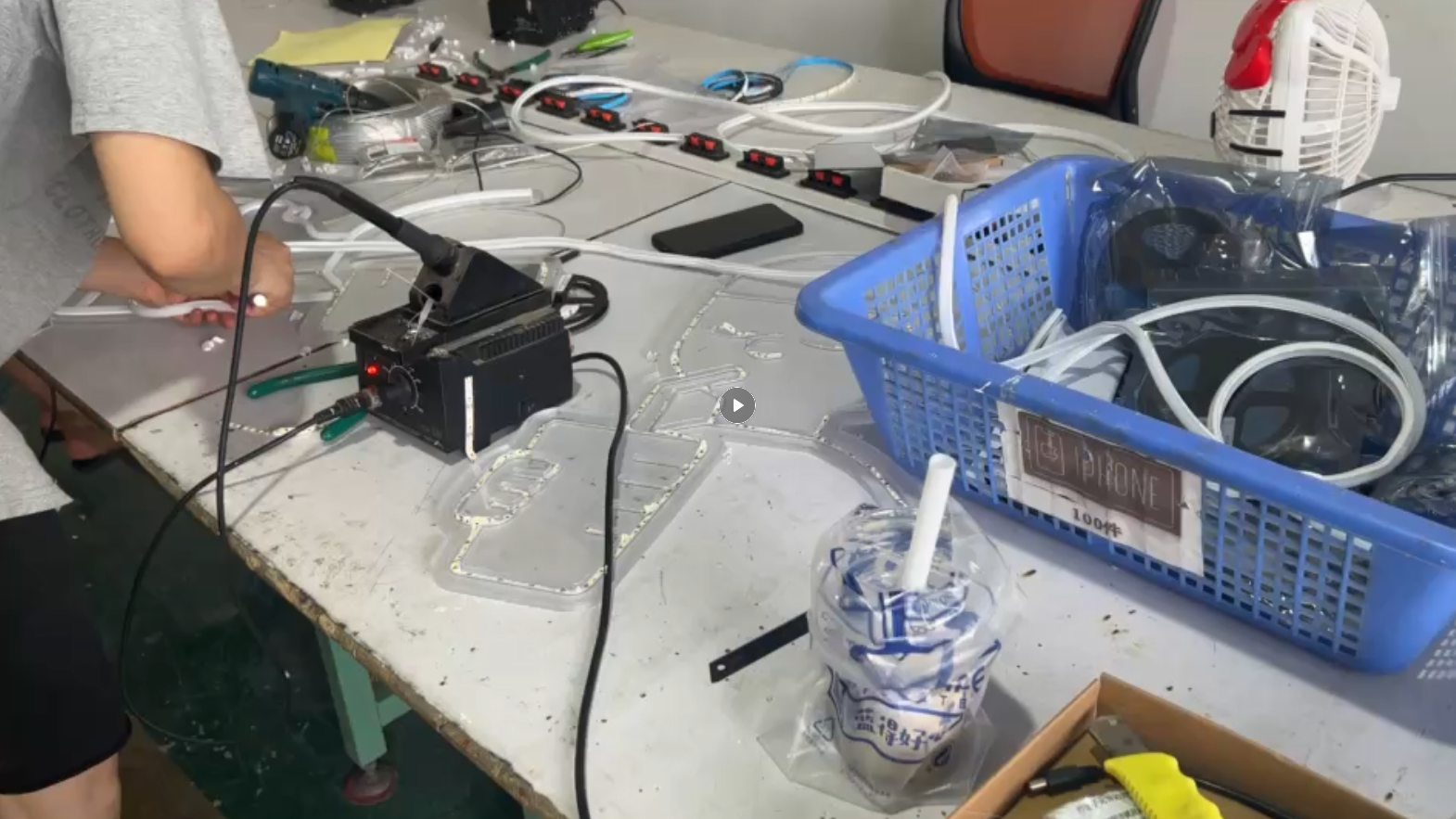Table of Contents
Electronic music is no longer a genre. It is a culture, a way of life, and a rich source of inspiration for creativity and design. With its driving beats, futuristic sounds, and a variety of electronic music genres that allow everyone to enjoy the music, it has penetrated almost every aspect of modern life. Electronic music artists can be seen everywhere. From club venues to home decor, they are now a part of everything!
For electronic music enthusiasts, having a space customized with elements derived from their artists, genres, and visual style allows them to have an environment that best showcases their love for the music. By adding music technology and personal decor elements such as neon signs, fans can transport themselves to a place where the beat does not just play; it surrounds them and transports them to their safe space.
What is Electronic Music?
Electronic music is a genre that has transformed the music world. It mixes synthetic sounds with other instruments to produce new soundscapes. The history of the genre dates to the early 20th century when innovators such as Luigi Russolo started working with electronic instruments.
However, it was during the 1960s and 1970s that electronic music started to receive mainstream acceptance, especially with the invention of synthesizers and other electronic devices. With the passing decades, the genre branched out, and various subgenres developed, each with its own unique sound, visual identity, and following.

Origins and Evolution
The beginning of electronic music was forged in the 1920s when the theremin and the Ondes Martenot were invented, but it was not till the late 20th century that the genre really took off. It was in the 1970s and 1980s when electronic music artists like Kraftwerk and Giorgio Moroder began developing new sound technology that changed the world of music. They were some of the earliest to use synthesizers, sequencers, and drum machines in their work and produce sounds that had never existed before.
In the 1990s, there was an enormous boom in electronic music when rave culture began to rise. The genre branched out into various electronic music genres, such as techno, trance, drum and bass, and house music. This period was an important point in electronic music because it became a force to be reckoned with in clubs, festivals, and radio stations globally.
Must-Know Genres and Their Vibes
Electronic music is extremely diverse. It covers styles from ambient and downtempo to breakneck techno and drum and bass. Among some of the major genres are:
- Techno: Known for its repetitive rhythms and space-age sound, techno became synonymous with club culture in the underground.
- House: It is based on a four-on-the-floor rhythm. Its energetic quality is perfect for dancefloors.
- Trance: Trance is defined by otherworldly melodies and intense, uplifting rhythms intended to induce a state of hypnosis.
- Dubstep: Dubstep, with its heavy bassline and distorted sound design, evolved in the early 2000s, creating a more edgy, experimental sound for electronic music.
Influential Artists and Their Visual Aesthetics
With the advancement of sound in electronic music, artists have created visually captivating shows and styles that accompany their work. Trendsetters such as Daft Punk, whose robotic helmets, and Deadmau5, famous for wearing a mouse-head disguise, have provided the benchmark in visual components within the genre. Visual aesthetics by these artists and others include neon lights, futuristic and unique dressing, and elaborately designed stages that accompany an immersive atmosphere with their live acts.

Why Electronic Music Fans Care About Aesthetics
Sound and aesthetics are equally important for electronic music fans. The electronic music culture has always included creativity and self-expression, going far beyond the sound itself. It may be the glowing light shows during live performances or the visual motifs of music videos. Whatever it is, the fans are attracted to it all. That craving for the complete experience finds its way into their own environments as well.
As electronic music fans increasingly seek to bring their passion into their homes and living spaces, using decor that matches the music's futuristic, dynamic, and sometimes psychedelic style is a way of coming close to the genre, embracing all sides of the world of music.
For most fans of electronic music, their own home becomes a sanctuary. It becomes a space that reflects their own individual style and enthusiasm for the music they love. Thanks to smart home technology and design influenced by technology, fans are now able to design their homes in ways that reflect the exciting experience of electronic music performances.
Personalizing Your Space with Electronic Music-Inspired Decor
If you are a fan of electronic music, your home can turn into a canvas for your favorite sounds and visuals. Here are some ways to add electronic music-inspired decor to your home:
Neon Signs & Lighting
Neon lights have become an iconic symbol of the electronic music scene. They are often seen in club spaces, music videos, and even live performances. One of the easiest and most effective methods of adding this look into your living space is neon signs or custom neon signs. These lights can be designed to show lyrics from your favorite songs, symbols from your favorite artists, or abstract patterns that represent the essence of electronic music. Neon signs not only light up your room but also add a futuristic feel that perfectly syncs with the universe of electronic music.

Tech-Driven Design
Adding different aspects of technology to your home design comes naturally to an electronic music fan. Smart home equipment like smart lighting systems and great sound systems can help in recreating the experience of an immersive environment provided by concerts or festivals. Think about adding LED strips that match your music or buying smart speakers with crystal-clear audio. With these tools combined, you can create the electronic music experience in the comfort of your living room.

DIY Music Decor Ideas
For the hands-on type, DIY home decor can be a wonderful way to add your personal touch. You can create a wall of sound with vinyl records, record players, and old audio equipment. For a more abstract solution, try making geometric shapes or soundwave patterns with LED lights or wall decals. These will allow you to bring together your love of electronic music with your interior design aesthetic in a very interesting and unique way.
Trends in Electronic Music Culture & Their Design Influences
The crossover of electronic music and interior design has progressed through the years as various eras have affected the sounds and aesthetics that characterize the genre. Here is a peek at how these electronic music genres have impacted design styles throughout the decades:
1970s-80s: Psychedelic & Analog Eras
The 1970s and 1980s were marked by the rise of psychedelic music and the beginning of electronic music. It was led by the growth of synthesizers and analog sound. Much of the style during this period was dominated by bright colors, abstract paintings, and psychedelic visuals, which used to make their way onto album covers and music videos. This can be observed in the interior design, which adds bold designs, neon colors, and geometric forms that inspire a feeling of energy and spontaneous creativity.
1990s-2000s: Rave Culture & Glow
As rave culture flourished in the 1990s, the design trend went all out in neon and black light. The glow-in-the-dark look became symbolic of the electronic music culture. It can still be seen in many modern interiors. Fans of this iconic era can use glow-in-the-dark details, blacklights, and neon paintings to achieve the energy-packed environment of this cultural phenomenon.

2010s-Present: Smart Homes & Immersive Tech
The last decade has witnessed the combining of electronic music with state-of-the-art technology, especially as smart homes and immersive experiences have gained traction as a trend. Music technology has gone to new levels, with sound systems becoming more advanced, lighting more flexible, and home automation a big aspect of interior design. Smart lighting and sound systems make it possible for fans to create a music-based environment that can be customized by mood or by time of day, just as their favorite artists like Chase Atlantic set their stages.
2020s: Eco-Futurism & Hybrid Spaces
In the future, electronic music and design styles will be driven by sustainability and the blurring of virtual and physical environments. With eco-futurism on the rise, consumers are choosing sustainable materials and energy-efficient products. Hybrid spaces that combine work, play, and relaxation are also becoming more prevalent. They reflect the constantly changing nature of music and technology.
Custom Neon Signs with Lamomoneon
To add the energy of electronic music to your home, try making your decor personal by using customized neon signs. Lamomoneon allows you to design a custom neon sign that speaks volumes of your love for electronic music and boosts the mood of your home. Whatever your desire to have your favorite song lyric, the symbol of a legendary artist, or a completely original design, Lamomoneon provides you with high-quality neon signs to illuminate your place and make your music-inspired decoration come alive. Discover custom neon signs with Lamomoneon today!




